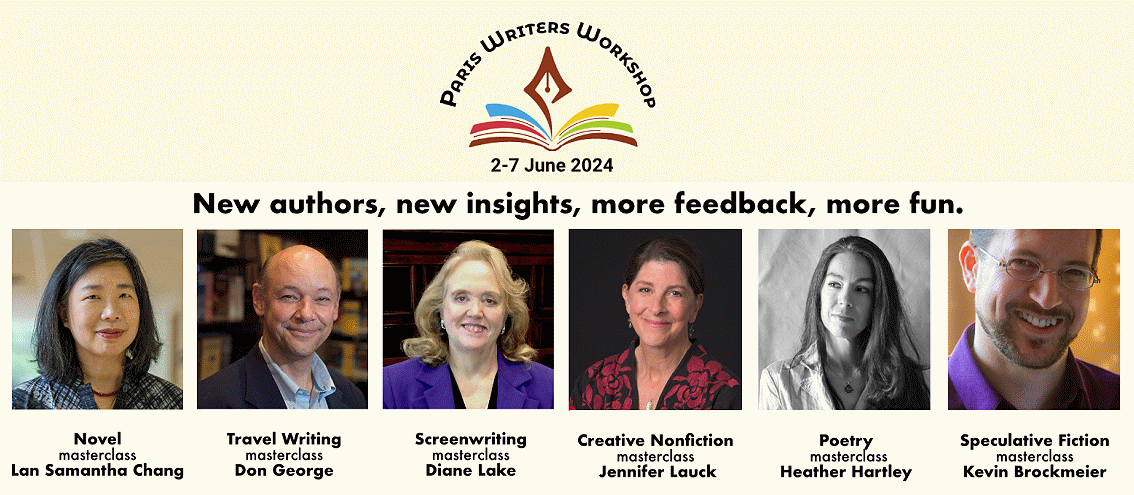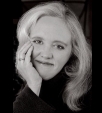
From Idea to Script to Sale





Before I get to today’s blog…
Thinking about doing more with your writing? Why not join me in Paris June 2-7 for my Masterclass in Screenwriting? Come be part of a dynamic community of writers and literary agents to learn, to write, to network, to energize your literary goals—and just to have fun in the City of Light!
The Paris Writers Workshop is the longest running literary program of its kind. This program offers 6 masterclasses by renowned authors, each a specialist in their field—and I’ll be teaching the Screenwriting Masterclass—in English, of course.
The workshop will be held at Columbia University’s beautiful Reid Hall campus in the heart of literary Paris—Montparnasse.
Registration is now open: https://wice-paris.org/paris-writers- workshop
We’ll have a great time getting your story ideas off the ground!!

Women in Film: 2018 Best Actress Characters - 5
Today is the Academy Awards—a fitting day to end our look at the five roles that let their actresses shine so brightly that they were nominated for the coveted gold statue. We’ve looked at the lead women roles in The Shape of Water, The Post, I, Tonya and Lady Bird. Today it’s time to look at my personal favorite of the year, Three Billboards Outside Ebbing Missouri, and its main character, Mildred.
Three Billboards, as everyone is calling it, tells the story of a mother, Mildred Hayes, who’s had it with the local sheriff’s department. Her daughter was brutally murdered over a year ago and she feels the sheriff has done nothing—so she calls him out by renting three billboards to air her grievance.
While the premise is compelling, it’s what the filmmakers do with it that makes the film so special. And the character of Mildred—she’s unlike just about anyone you’ve seen on film before. She’s unlikable, yet she’s got a heart. She’s irascible, yet she can be tender. She’s bitter, yet she’s capable of compassion. She can lie, yet she can get right to the truth when it’s called for. Bottom line, she’s a study in contradictions.
Mildred keeps us guessing. She’s willing to do something illegal to make a point. She’s so full of frustrated anger that she’ll do anything—and that’s what makes watching her interesting. She’s not predictable. Just when you think, well, she wouldn’t go as far as to firebomb the sheriff’s office, she does. The woman will do anything to make her point, to draw attention to her daughter’s unsolved murder.
She also befriends, through the course of the film, the officer in the sheriff’s department who was her worst enemy. You would think that there was absolutely nothing that these two would agree on let alone work on together. And that’s the genius of the writing in this film: no one, including Mildred [perhaps especially Mildred] is a person you can totally figure out.
This is, of course, true of all the characters in the film. Even Mildred’s ex-husband’s teenage girlfriend—who at first seems to be a total dipstick—becomes someone even Mildred respects by the end. And how does she show that? She tells her ex-husband to treat the girl well.
Mildred is the stuff dream roles are made of for an actress. She’s not likable—almost a sin for a main character in American cinema—and we’re absolutely fascinated by her, wondering what she’s going to do next. I don’t know when I remember seeing such an original female character in a film. When I fill out my Oscar ballot at the party tonight, I’ll be voting for Frances McDormand—who did such a great job of bringing Mildred to life.
Copyright © Diane Lake
04Mar18